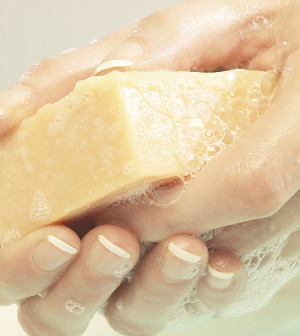Don't Miss
- Skip Storing This Everyday Product in the Fridge Door
- Green Tea + B3 Pairing May Boost Brain Health
- Navigating Your Midlife Crisis: Embracing New Possibilities
- City Raccoons Showing Signs of Domestication
- Mapping the Exposome: Science Broadens Focus to Environmental Disease Triggers
- One Week Less on Social Media Linked to Better Mental Health
- Your Brain Changes in Stages as You Age, Study Finds
- Some Suicide Victims Show No Typical Warning Signs, Study Finds
- ByHeart Formula Faces Lawsuits After Babies Sickened With Botulism
- Switch to Vegan Diet Could Cut Your Greenhouse Gas Emissions in Half
Health Tip: Safely Remove a Tick
By LadyLively on August 8, 2014


Promptly and safely removing a tick from your skin can help reduce the risk of illness and complications.
The U.S. Centers for Disease Control and Prevention offers these guidelines for removing a tick:
- Using a pair of fine-tipped tweezers, grasp the tick as closely as possible to the surface of the skin.
- Pulling upward steadily and evenly (never jerking or twisting), gently remove the entire tick.
- If the mouth parts remain in the skin, try to remove with the tweezers. If you can’t remove the remaining pieces, leave them alone and allow the skin to heal.
- Use rubbing alcohol, iodine scrub or water and soap to thoroughly cleanse the wound once the tick is removed.
- Dispose of the tick in a container of rubbing alcohol, wrapping up in tape, placing in a sealed bag or flushing it down a toilet.
Source: HealthDay
Copyright © 2025 HealthDay. All rights reserved.










